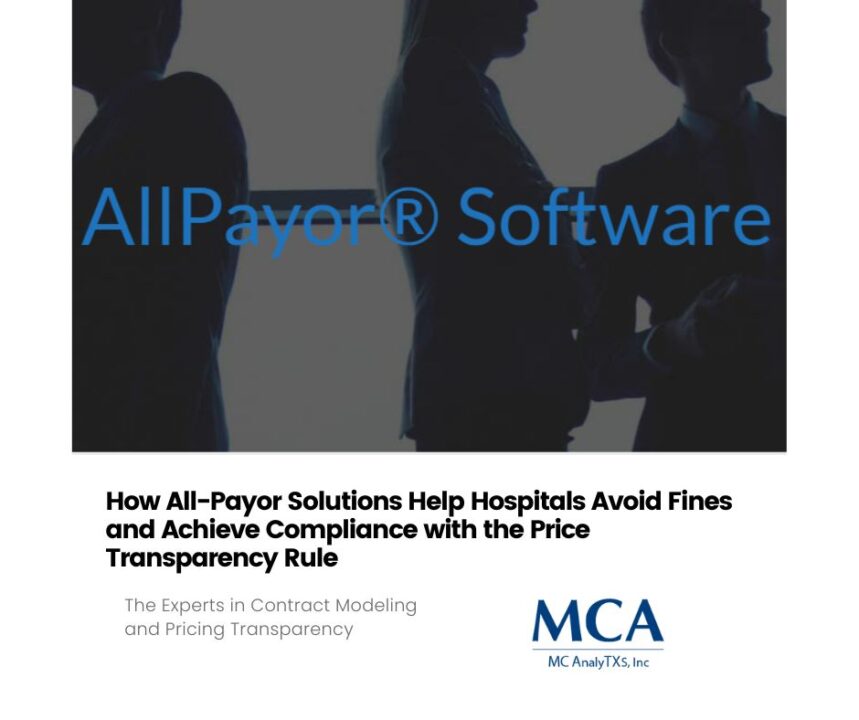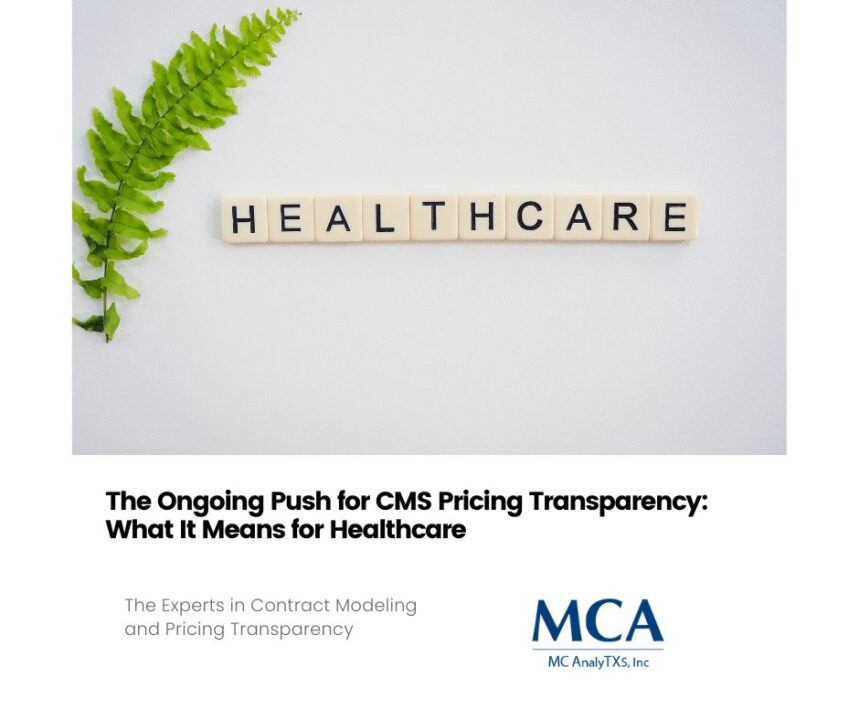
Turning Financial Pressures into Opportunity: How Hospitals Can Emerge Stronger
In the evolving landscape of American healthcare, hospitals are grappling with mounting financial pressures. Shrinking reimbursement rates, rising labor costs, supply chain disruptions, and increased scrutiny from payers have created a high-stakes environment. For many hospitals, these pressures feel like a storm cloud threatening stability. However, with the right mindset and strategic approach, these challenges can be transformed into powerful catalysts for innovation, efficiency, and long-term growth.
At MCATX.com, we believe that Revenue Cycle Management (RCM) isn’t just about billing and collections—it’s a strategic lever that can support hospitals in navigating uncertainty and thriving in adversity. Here’s how hospitals can turn financial strain into an opportunity for reinvention.
1. Embrace Financial Transparency and Data-Driven Decision Making
The first step to turning financial pressure into opportunity is to understand it thoroughly. Many hospitals struggle with fragmented data systems and lack of real-time visibility into financial performance.
Solution: Hospitals should invest in robust financial analytics platforms that integrate clinical, operational, and financial data. This enables leadership to:
- Identify service lines that are underperforming or draining resources
- Monitor payer reimbursement patterns and denials trends
- Forecast cash flow and model various “what-if” financial scenarios
When decision-makers are equipped with accurate, actionable data, they can respond with agility and precision, prioritizing the areas that offer the highest ROI.
2. Optimize the Entire Revenue Cycle
The revenue cycle is a complex ecosystem that stretches from patient access to final payment. Small inefficiencies in any stage can lead to significant revenue leakage.
Opportunities for Optimization:
- Front-End Efficiency: Ensure accurate insurance verification, pre-authorization, and patient eligibility checks to reduce denials downstream.
- Mid-Cycle Excellence: Improve clinical documentation, coding accuracy, and case management to boost claim success rates.
- Back-End Performance: Strengthen collections processes, automate follow-ups, and appeal denied claims more effectively.
Partnering with a specialized RCM company like MCATX can help hospitals audit their entire revenue cycle and implement best practices to improve yield and reduce cost-to-collect.
3. Rethink Labor and Staffing Models
Labor costs are among the largest expenses for any hospital. With a national shortage of healthcare workers and increasing salary demands, hospitals must explore new models.
Strategic Shift:
- Leverage technology and automation (such as AI-driven coding, chatbot-driven patient intake, and robotic process automation for claims management)
- Reorganize staffing based on value-based roles rather than legacy job descriptions
- Cross-train employees to be versatile across multiple functions
These strategies not only reduce labor costs but also build a more agile workforce equipped to handle operational fluctuations.
4. Expand Outpatient and Ambulatory Services
Patient care is moving outside of traditional hospital walls. To remain competitive and profitable, hospitals should lean into this trend.
Growth Areas:
- Ambulatory surgery centers (ASCs)
- Telehealth services
- Urgent care and retail clinics
These services often have lower overhead and higher margins. Expanding outpatient services also aligns with consumer demand for convenience and price transparency, improving both patient satisfaction and financial resilience.
5. Strengthen Payer Relationships and Contract Negotiation
Poorly structured payer contracts can silently erode a hospital’s bottom line. In times of financial strain, it’s essential to take a proactive approach to contract management.
Tactics for Success:
- Conduct reimbursement benchmarking to identify underperforming contracts
- Renegotiate terms based on volume trends, quality performance, and current market data
- Build collaborative relationships with payers to create win-win value-based care models
With MCATX’s contract management insights and payer analytics, hospitals can enter negotiations with a clear view of their leverage and opportunities.
6. Engage Patients as Financial Partners
Patients are bearing a larger share of healthcare costs through high-deductible plans. This shift necessitates a new approach to patient financial engagement.
Strategies Include:
- Transparent pricing tools and cost estimators
- Proactive communication about financial responsibility at the point of scheduling
- Flexible payment plans and digital payment options
When patients understand their financial obligations and are offered supportive tools, they are more likely to pay, boosting cash flow and satisfaction.
7. Focus on Strategic Partnerships and Outsourcing
Hospitals don’t have to go it alone. Strategic outsourcing and partnerships can provide access to expertise, technology, and scale without the capital investment.
Examples of High-Impact Partnerships:
- RCM firms that bring tech-enabled services and process optimization
- Joint ventures with retail or tech companies to enhance care delivery
- Shared service centers for back-office functions like billing, IT, or HR
These collaborations can reduce operating costs while improving efficiency and innovation.
8. Foster a Culture of Innovation and Agility
Crisis often forces change. Rather than resisting it, hospitals can foster a culture that embraces experimentation, continuous improvement, and creative problem-solving.
Tactical Steps:
- Empower frontline staff to suggest and test ideas for improving workflows
- Use Lean or Six Sigma methodologies to remove waste and increase value
- Celebrate small wins and data-backed improvements to build momentum
Financial pressure, when approached with the right mindset, becomes a powerful driver for transformative growth.
9. Commit to Long-Term Sustainability
Finally, short-term fixes won’t suffice. Hospitals must balance immediate financial relief with strategies for sustainable growth.
Key Elements of Sustainability:
- Population health initiatives that reduce costly readmissions and ER visits
- Investments in preventive care and chronic disease management
- Environmental sustainability and energy cost reduction initiatives
By focusing on long-term health outcomes—both clinical and financial—hospitals can ensure viability well into the future.
Conclusion: A Turning Point for Healthcare Leaders
Financial pressure is real, but it doesn’t have to be paralyzing. With a proactive, strategic approach, hospitals can seize this moment to become more efficient, resilient, and innovative.
At MCATX, we’re committed to helping healthcare organizations turn obstacles into opportunities through tailored RCM solutions, data-driven insights, and operational expertise. In a time of uncertainty, let your revenue cycle be your competitive advantage.
Explore how MCATX can help your hospital thrive in today’s financial environment. Contact us today.





